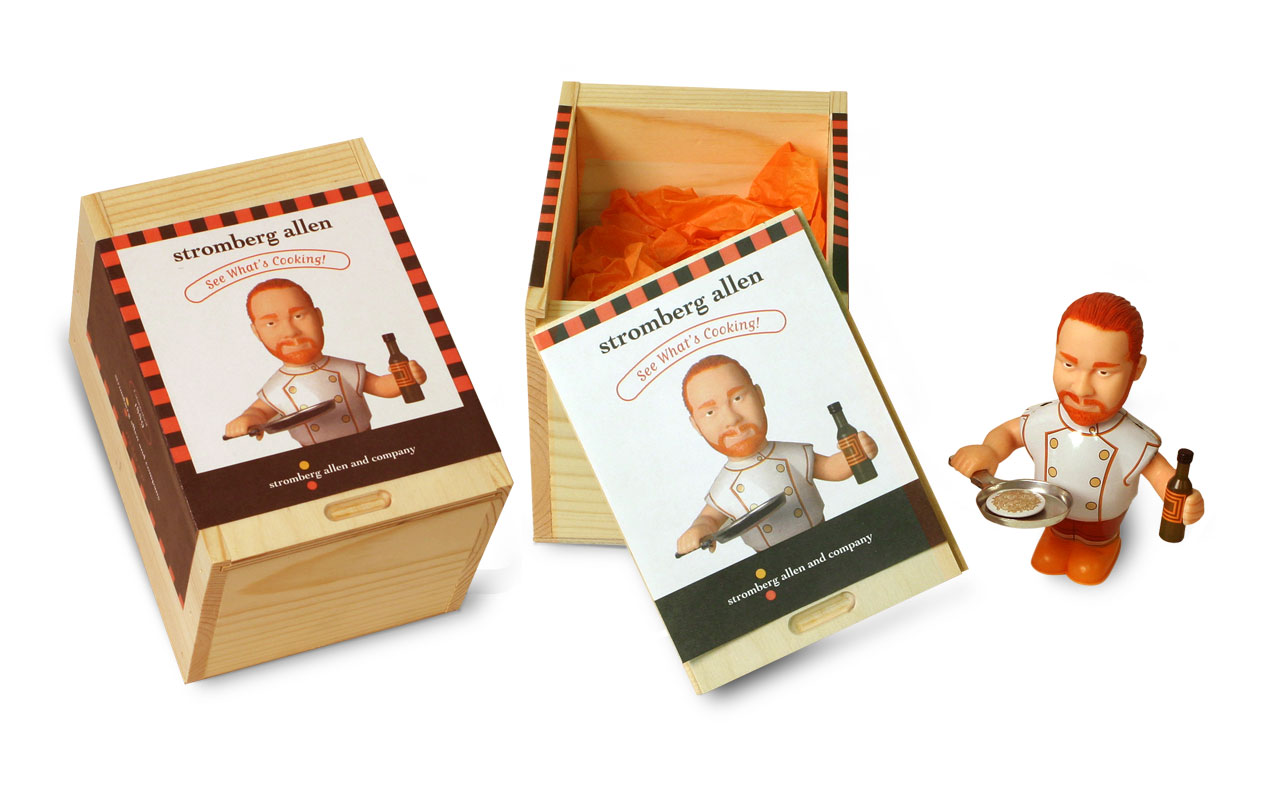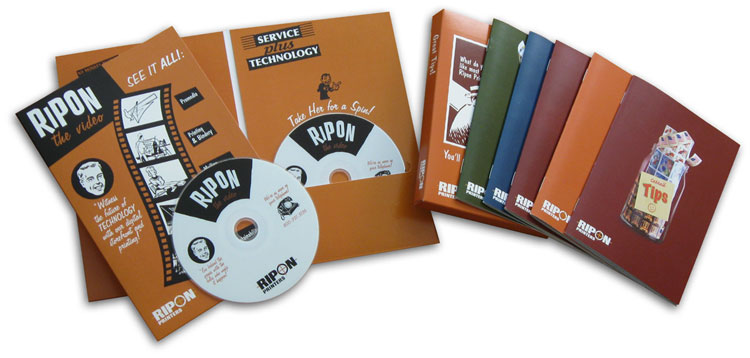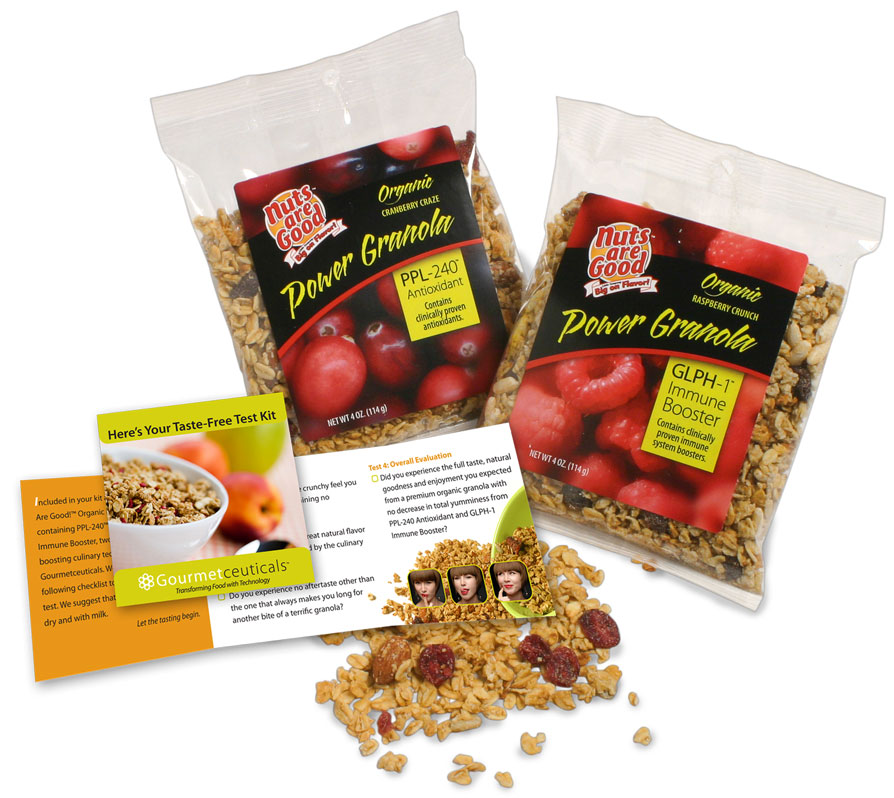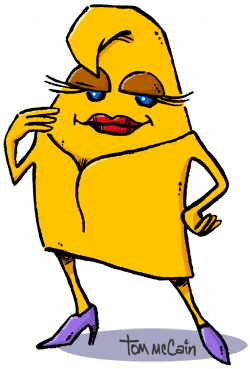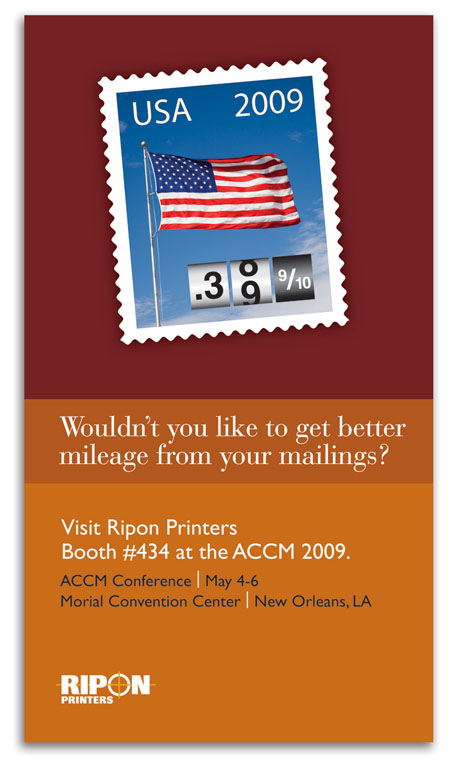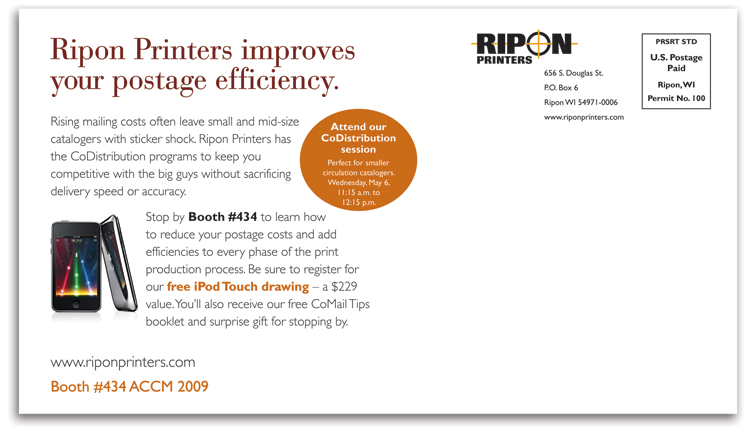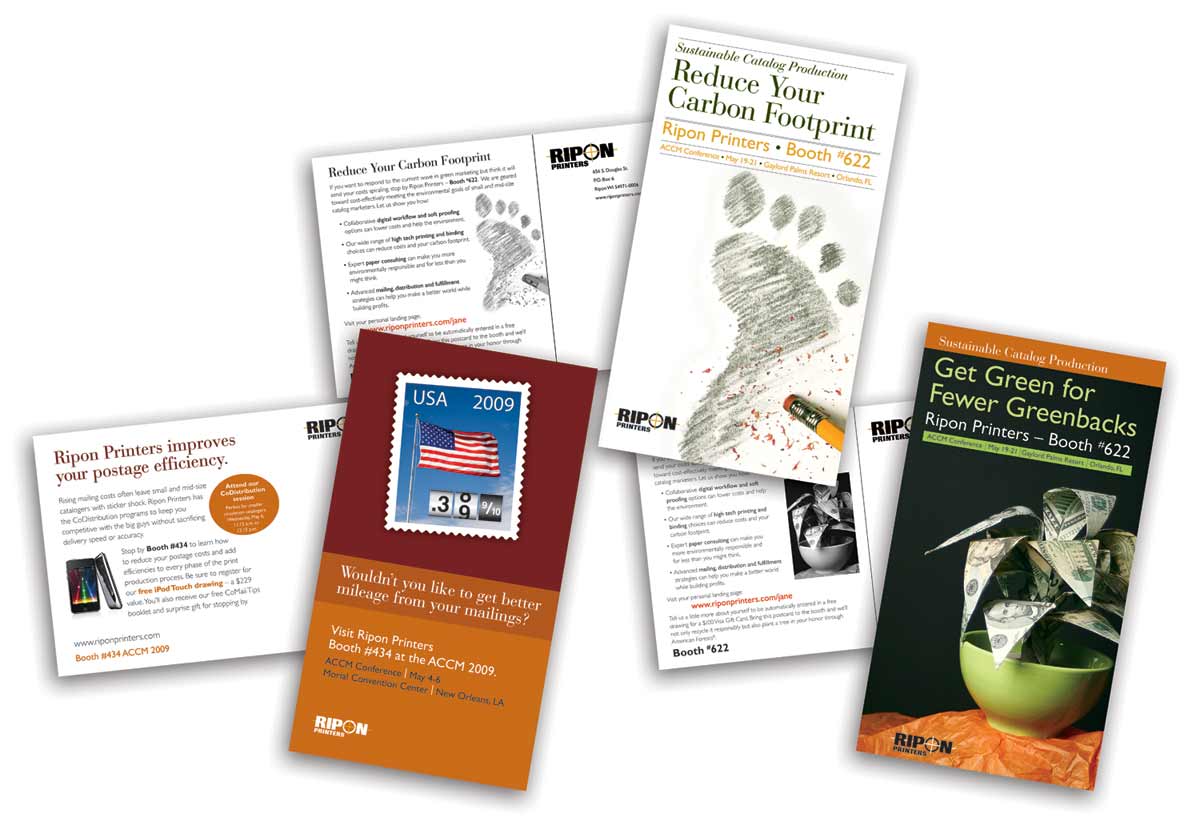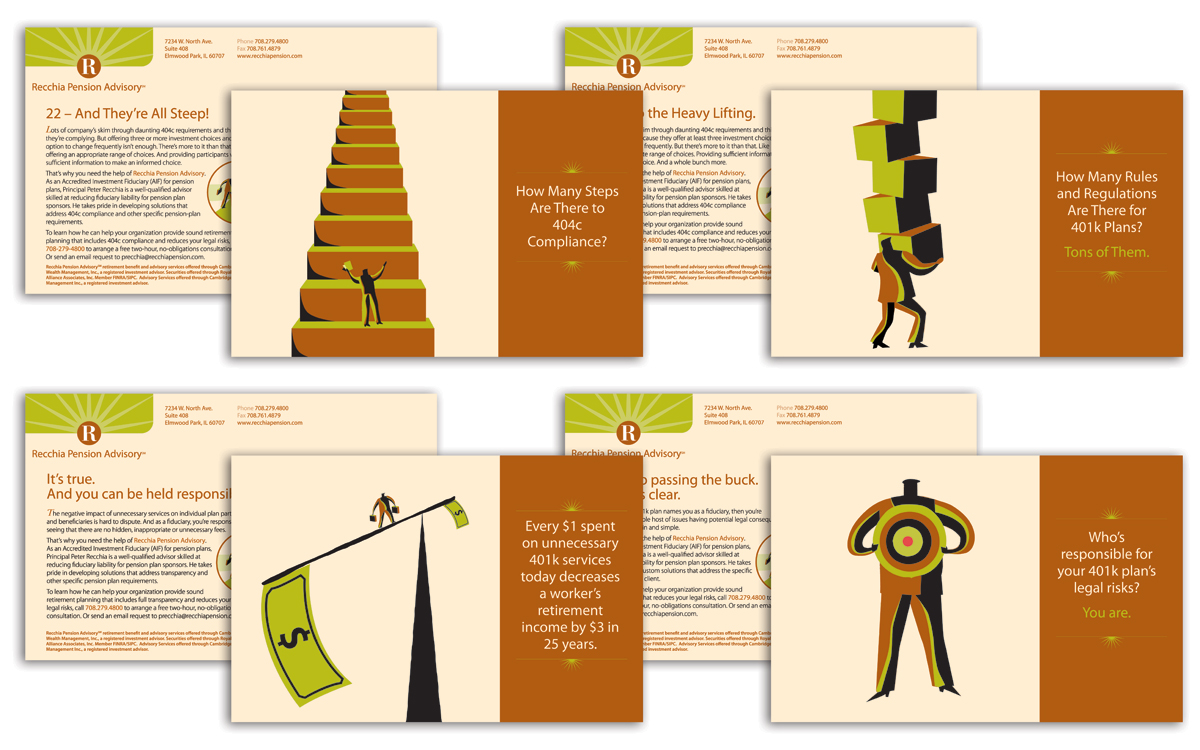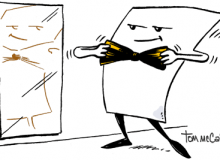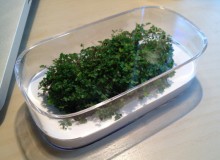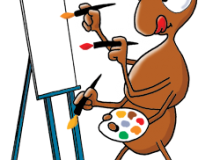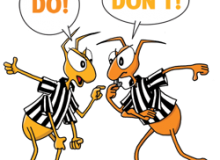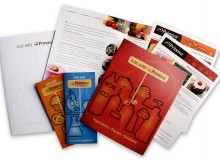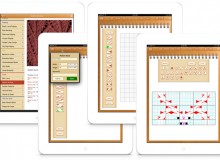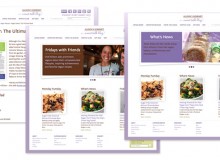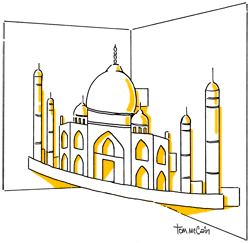 I know it sometimes seems that you have to do something REALLY BIG to break through the mailroom clutter. But honestly, size doesn’t matter. You don’t need to build a Taj Mahal for your prospects. Even those C-level folks.
I know it sometimes seems that you have to do something REALLY BIG to break through the mailroom clutter. But honestly, size doesn’t matter. You don’t need to build a Taj Mahal for your prospects. Even those C-level folks.
What you MUST do is make sure your mailing’s message supports your goals and is relevant to your target market. And above all, match the quality of your 3D object to your brand.
For example, if your key marketing message is about protecting your clients, don’t mail something like the cheapest umbrella that’s going to break after the third or fifth use. That will reflect poorly on your key brand message. Likewise, don’t overshoot your brand. Sending out gold-plated key fobs could be perceived as bribery if your brand is all about affordable office supplies, for instance.
The best way to start is with your creative brief: define your goals and targets, and THEN your message will naturally follow. Assuming you’ve written your creative brief, here are some examples of 3D mailing types to get your creative juices flowing.
3D Campaign Types.
I categorize 3D mailings into three types:
1. The fun gadget:
Stromberg Allen direct mail series: Even though Stromberg Allen gained approved vendor status with several new clients, they still needed to snag the attention of the clients’ internal buyers. As a printer of K-12 learning tools, they have the capability to produce very complex dimensional products using many components, and they wanted to demonstrate this expertise. We created a campaign of four boxed items that displayed their ability to produce fun, yet educational tools by marrying a gadget with a marketing message and booklets inside the boxes. The sales team then received instructions to send these to their specific targets one week apart until they snagged a meeting. Without sales’ cooperation and follow through, an expensive campaign like this would be wasted. Be sure to train your entire team before implementation of any campaign.
| Benefit | Downside |
|---|---|
| Fun to receive; if done right, can be memorable AND get your message across. | May end up with kid at home if it’s TOO fun, which defeats your purpose of having it stick around as a reminder on the recipient’s desk. |
2. The helpful tool:
Ripon Printers printing tools series: Ripon Printers’ capabilities include practically anything you’d want in a printer: digital/offset/web, cold and heatset, fulfillment, custom ink jetting, list hygiene and maintenance, catalog/education/direct marketing expertise, and web-storefront capabilities. To spread the word of their wide range of expertise, MondoVox concepted and designed a series of handy Tips Books (one per service area) and a video that would serve multiple marketing tasks. Not only do sales representatives distribute these tools to their existing customers, MondoVox also created a multipart direct mail campaign targeting new prospects. We created a handy book box for the tips books and a disc mailer for the video DVD. Ripon uses these 3D mailings along with a personalized introductory brochure to complete a three-part campaign for all new prospect lists.
This is a great example of how you can be 3D even if using relatively flat objects like books or DVDs. No need to throw in a pen just to get a bump on your envelope. It’s also a good example of a series within a series; the tips books can be mailed individually with the first one going out with the book box and the others arriving one week apart until the recipient fills the box.
| Benefit | Downside |
|---|---|
| If it’s truly a great tool, it will have a high sticky factor. In fact, don’t be surprised if prospects take your tools from job to job if they find them particularly valuable. | Can come off as matter-of-fact and serious rather than providing any sort of clever gotcha moment. BUT if concepted carefully, a tool series can accomplish both. |
3. Custom product samples:
Gourmetceuticals Taste Test Kit: Being new to the market, Gourmetceuticals needed to quickly convince food ingredient buyers that their nutritional ingredients did not impart negative flavors in final products but did offer all the benefits of nutritional supplements. We created a Taste-Test Kit using a granola product developed by a partnership between Nuts Are Good and Gourmetceuticals. The granola packs were designed to resemble grocery-ready food items while containing technical information directed to the buyer. Accompanying the samples was a cover letter and instructional booklet that walked the buyer through tasting the product, ultimately convincing them that Gourmetceuticals’ ingredients provide added nutrition while not imparting negative flavors or aftertastes. Careful pre-qualification of a limited number of targets allowed us to mail the kits via a parcel delivery service.
These kits were so successful that we expanded to include a print ad + landing page kit request to attract additional buyers.
| Benefit | Downside |
|---|---|
| By carefully controlling the message with a custom product sample, you have the opportunity to demonstrate your product AND get the meeting. | Seemingly the most boring of all options, BUT could actually be quite effective if matched with a catchy message and the right target market. Also more labor intensive than just ordering a box of pens, but the potential payoff is much greater. |
Don’t Be a Joke-in-a-Box.
While everyone wants to do the fun, gadget-type of campaign, that’s not always the most appropriate or most effective 3D object to incorporate. Consider carefully your brand reputation and key marketing messages to determine what type is best for you.
By Julia Moran Martz
